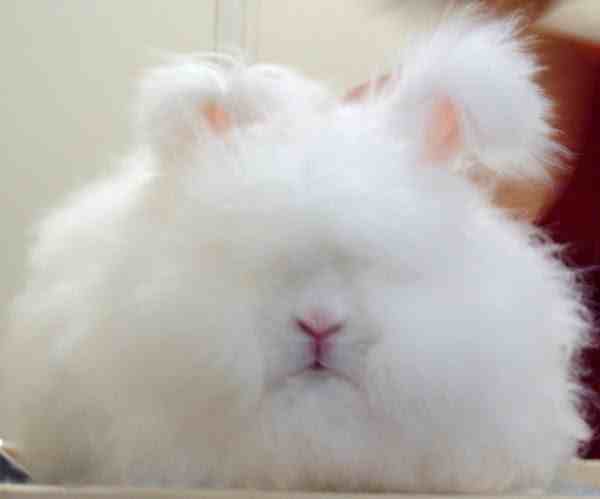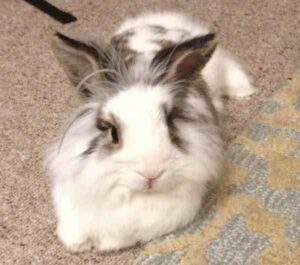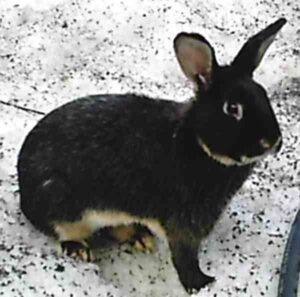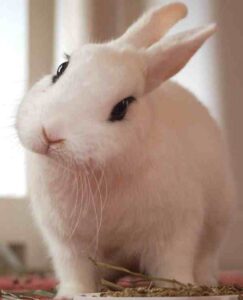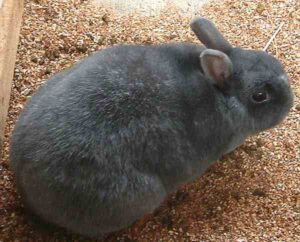The Dutch rabbit is one of the oldest rabbit breeds. It is also among the most popular rabbit breed throughout the world. The exact origin of the Dutch rabbit is not clear.
Some people say the breed was originated from England in the mid 19th century. Others say it was originated in Netherlands and was introduced into England in 1864. Probably it is descended from the Petite Brabacon (which was bred in large numbers for meat trade during the 19th century) from the Brabant region in Flanders.
The breed is also known as Brabander or Hollander. Dutch rabbit a very small breed, but it is not a dwarf rabbit breed. It was once the most popular of all rabbit breeds. But after the development of the dwarf rabbits, the popularity of this breed dwindled.
Although the Dutch rabbit is still one of the top ten most popular rabbit breeds throughout the world. The breed is recognized by both British Rabbit Council and the American Rabbit Breeders Association. Today, the Dutch rabbit is a very popular breed for show and also raised as pets.
Dutch Rabbit Characteristics
The Dutch rabbit breed is easily identifiable by it’s characteristic color pattern. Dutch rabbits are smaller in size, but not a dwarf breed. They have compact and well rounded body. The have rounded head, and their ears are short, stocky and well-furred that stand erect.
Their back legs are longer than the front legs. And their back legs are very powerful. Their fur is soft and short. There are six color varieties in conjunction with white are recognized. Which are Black, Blue, Chinchilla, Chocolate, Gray, Steel and Tortoise. Although Yellow, Brown Grey, Steel Grey, Pale Grey etc. color varieties are also available.
The Black variety has a dense, glossy black with a slate blue undercolor and the eyes are dark brown. The eyes of Blue variety are blue gray and has a medium blue gray colored body with slate blue undercolor.
Chinchilla Dutch rabbit variety has an Agouti color with bands of pearl white and black with a slate blue undercolor. It is the newest variety to be recognized by the American Rabbit Breeder’s Association and it’s eyes are brown and the ears have black lacing. Chocolate variety has brown eyes and a rich chocolate brown coat with a dove-gray undercolor.
Gray variety has dark brown eyes and the coat is of an Agouti color. The Steel color variety of the Dutch rabbit is a black color with off-white tips to the hairshaft on some hairs. Their eyes are dark brown and the undercolor is slate blue.
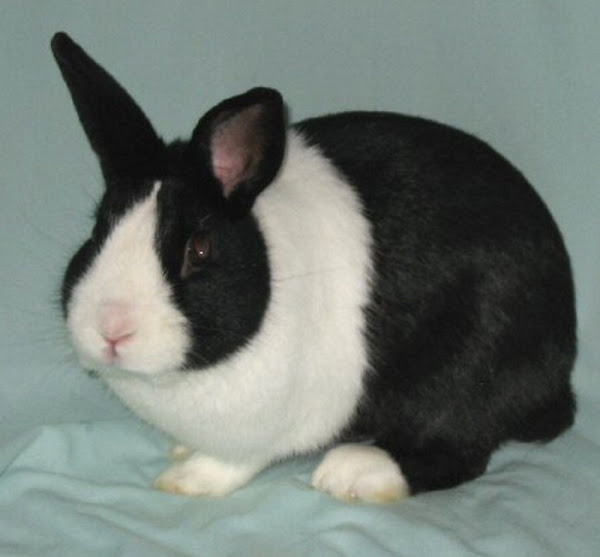
And the Tortoise variety is of a bright, clean orange with slate blue shadings along the ears, whisker beds and hindquarters. Their eyes are dark brown and the undercolor is dark cream. The average body weight of the Dutch rabbit breed is between 2.0 and 2.5 kg.
Uses
The Dutch rabbit is a very popular as show animal. They are also popular as pets throughout the world. It is one of the top ten popular rabbit breeds worldwide.
Special Notes
The Dutch rabbit is very popular mainly because it is among the friendliest rabbits. They are also popular for their calm and easy going nature and for their robust build and manageable size.
They have a very gentle disposition and usually are excellent with children. They are intelligent animal and will thrive on attention. They are playful and generally docile and gentle. They make excellent domestic pet and they are also pretty easy to train.
Even the Dutch rabbit is a good choice for novice owners and for young. With good care, the average lifespan of the Dutch rabbit is between 5 and 10 years. Review full breed profile of this rabbit breed in the chart below.
| Breed Name | Dutch |
| Other Name | Brabander, Hollander |
| Breed Purpose | Mainly kept as show animal and pets |
| Breed Size | Small |
| Weight | Average body weight is between 2.0 and 2.5 kg |
| Suitable for Commercial Production | No |
| Good as Pets | Yes |
| Climate Tolerance | All Climates |
| Color Varieties | Black, Blue, Chinchilla, Chocolate, Gray, Steel and Tortoise. Yellow, Brown Grey, Steel Grey, Pale Grey etc. color varieties are also available. |
| Rarity | Common |
| Country of Origin | Not clear. Probably from England or Netherlands |

